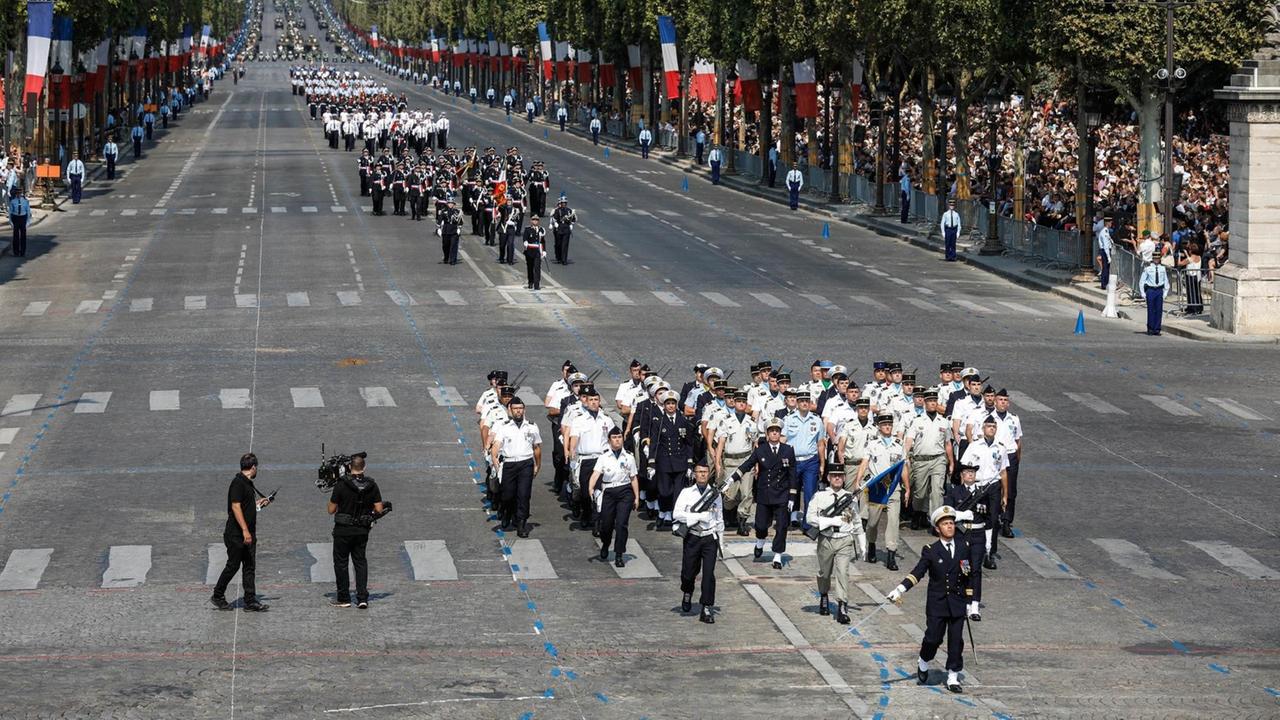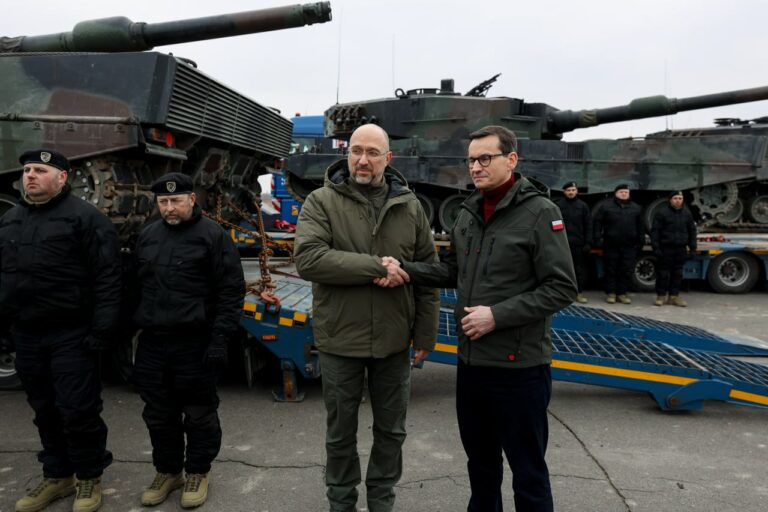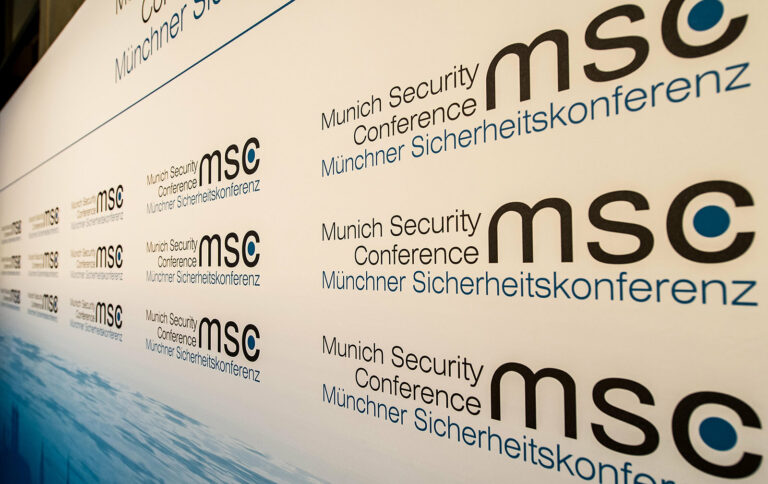Not only Germany has to upgrade and reconfigure its armed forces, France’s army also has to deal with a turning point. “In terms of strategic rupture, the French armed forces are going through a phase similar to that at the end of the 19th century,” Colonel Frédéric Jordan said when questioned before Parliament’s Defense Committee late last year. The secretary general of the Doctrine Center of the Land Forces CDEC: “At that time the army was involved in expeditionary missions such as in Mexico and Italy, without our country being aware of the growing threats that led to the War of 1870 and World War I.” So failed military planners of the time learned the lessons of the Russo-Japanese War of 1904-05 with regard to the use of machine guns, artillery and trench warfare.
An analysis of recent parliamentary polls conducted by France’s military planner and Defense Minister Sebastien Lecornu reveals what is important to the French when designing their future army model, along with fundamental differences to Germany.
No refocusing LV/BV
In this country, a strong field army for the eastern flank has been a clear fixed point in defense planning at least since Russia’s open war of aggression against Ukraine. Not so in France. “The war in Ukraine is not the alpha and omega of the French army’s engagement in the coming decades,” said General Vincent Breton – Director of the Armed Forces Doctrine Center CICDE. In the context of his remarks, it becomes clear that France is aiming for a coalition contribution for NATO/EU in the sense of “as much as necessary, as little as possible” in the land forces in order to obtain resources for the strategic level, such as the status as a nuclear weapons State and the vast geography, such as the Indo-Pacific possessions.
On the part of the Bundeswehr, under the “refocusing” mantra, a break in foreign missions for national and alliance defense is emphasized. The French see transitions here. The battles of the anti-IS operation Chammal were of a similar nature to those in Ukraine. The example given is the operation of the Iraqi army to recapture Mosul, which flanked France’s Chammal Task Force Wagram. The struggle for urban space was waged with massive artillery and rocket fire, including trench warfare and the use of drones, some of which were armed. The Iraqis lost 5,000 men.
Strategic skills are paramount
The French military planners are also unfamiliar with a clear demarcation of nuclear armament from conventional ones, as corresponds to the German way of thinking about nuclear participation. On the contrary: The strategic capabilities for using nuclear weapons are at the same time a power booster for the tactical use of conventional capabilities. General Breton cites Operation Hamilton 2018 as an example. At that time, France’s air force flew attacks from the aircraft carrier Charles de Gaulle in the Mediterranean, among other things, against Assad’s chemical weapons arsenal in Syria. “This type of operation, which requires long-range projection capability, would not have been possible if we had not had a nuclear air force. The nuclear weapon pulls our army model upwards.” A key insight from the Ukraine war with regard to Russia is that as soon as the Russians lose the initiative at the tactical level, they escalate at the strategic level.
Space armament, which the Bundeswehr uses defensively for observation and warning, is of greater importance for the French armed forces because it also includes offensive operations. Colonel Romain Desjars de Keranrouë, who was interviewed for the Air Force and Space Forces, again cites Operation Hamilton as an example. The French attacks were timed according to the overflight times of their own reconnaissance satellites in order to have up-to-date and more precise information on the effect of the bombardment in advance.
With regard to the importance of the armored weapon, on the other hand, there is agreement with the Bundeswehr’s point of view. “The tank remains a trump card, provided that it is used in a joint battle with the other arms,” said Colonel Frédéric Jordan for the French army. The Ukrainians showed this especially in their successful autumn offensive in 2022 at Lyman. For this counterattack, the Ukrainian army used large armored and mechanized formations, up to and including brigades. By concentrating their fire, sometimes at a ratio of seven to one, they were able to break through the Russian force structure and take advantage of the depth of space.
France’s eastern flank is the Indo-Pacific
In the French perception, the Ukraine war is not a comprehensive design factor for a military turning point as in the German narrative, but rather a reference point for tactical adjustments to the grand design of the armed forces. This becomes even clearer in the statements made by Defense Minister Sebastien Lecornu on the future army. Here, the Ukraine war only plays a role as a wake-up call for replenishing ammunition reserves. From the course of the war, the French derive the plan to massively re-equip their army with thousands of kamikaze drones by the end of the decade.
In his questioning before the Defense Committee at the end of January, Lecornu conjured up a “comprehensive army model” that focuses on and invests in maintaining strategic capabilities and mastering new technologies, not on establishing sustainable large-scale units. Lecornu emphasizes nuclear weapons, outer space and cyberspace. It is also clear that France sees the Indo-Pacific as its true eastern flank. In Asia, its island territories have the largest Exclusive Economic Zone (EEZ) in the world. “It’s about bringing the overseas territories closer to France in tactical and logistical terms. For each area we will develop a specific strategy”.
Gaullist concepts
France’s defense minister sees the new planning law up to 2030 as an expression of a sober threat analysis in the tradition of the Gaullists in the 1960s. Their key questions: Which risks can we cover and which not? What can we alone, what can we only do together? Lecornu: “Some would have preferred a white paper; but I think that until now it has been more of a tool to disguise budget cuts or give a new president time to set some strategic directions.”
He also relies on the traditional Gaullist approach for armaments and their export. “Off-the-shelf purchases abroad must really remain the exception.” The French defense industry itself should continue to have off-the-shelf designs for export in its repertoire. Lecornu cites the Godwind corvette as an example. Regarding the further strategy of the armaments export, Lecornu clearly stated: “Since the 1960s, our armaments technology base has been based on export successes. So on know-how that radiates and creates jobs and prosperity. It is also a support for our diplomacy. I have visited India, Indonesia and the United Arab Emirates: our non-aligned allies’ diplomacy creates a deep interest in the Indo-Pacific region that will allow us to stabilize our economic model.”
Source: Pivot Area








Leave a Comment